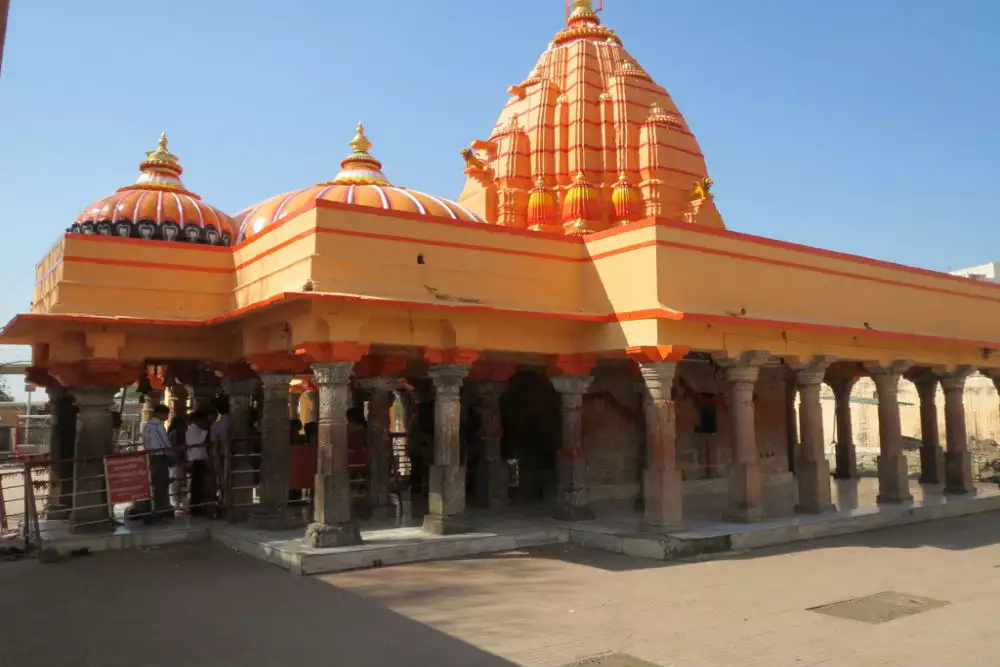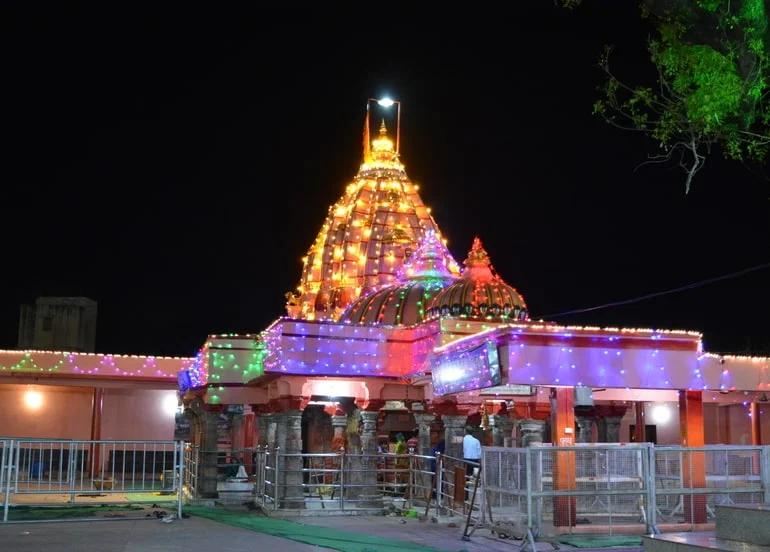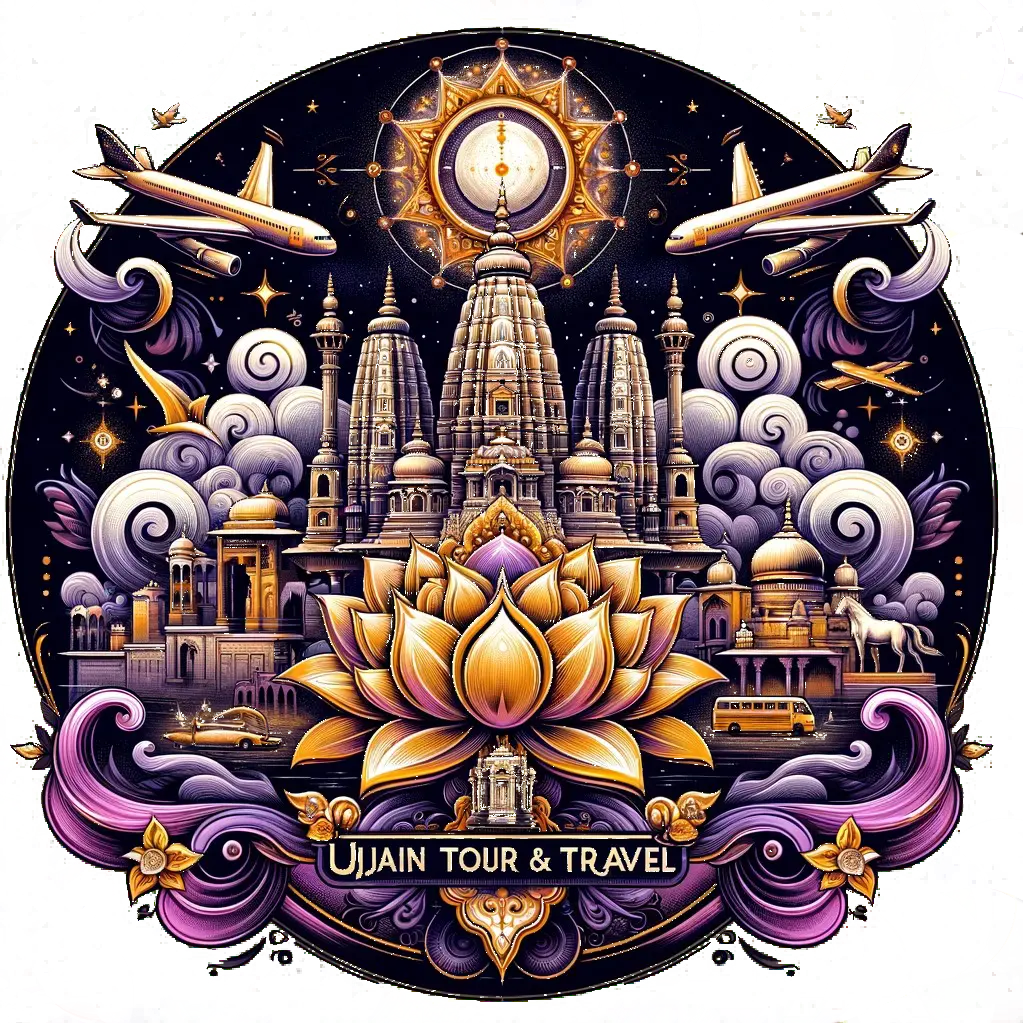
History and Significance
Chintaman Ganesh Temple, dedicated to Lord Ganesha, the elephant god and remover of obstacles, is a popular pilgrimage site in Ujjain. While the exact date of its origin remains unclear, historical records suggest its significance during the 17th and 18th centuries. Literary references and travelogues from this period mention the temple as a prominent landmark attracting devotees seeking blessings from Lord Ganesha.
The architectural style of Chintaman Ganesh Temple reflects a blend of Maratha and Mughal influences. The sanctum sanctorum, the innermost sanctum, houses a unique self-manifested (Swayambhu) idol of Lord Ganesha. This captivating idol, carved from red sandstone, depicts Ganesha in a seated posture with his trunk facing upwards. The idol's natural formation and its association with wish-fulfillment have contributed to the temple's enduring popularity. The outer walls and mandapas (halls) showcase intricate carvings and Maratha-inspired architecture, featuring floral motifs and geometric patterns.

Importance:
Chintaman Ganesh Temple holds immense significance for devotees seeking blessings for removing obstacles, achieving success in endeavors, and attracting prosperity. Lord Ganesha, the elephant-headed deity with immense wisdom and childlike innocence, is propitiated before embarking on new ventures. His blessings are believed to pave the way for smooth beginnings, remove hurdles, and grant success in one's pursuits. Students seeking academic excellence and professionals facing challenges in their careers often visit the temple to pray to Lord Ganesha.
Married couples, particularly those yearning for children, also hold Lord Ganesha in high regard. He is believed to be the bestower of progeny and the embodiment of auspicious beginnings. The temple attracts a steady stream of devotees throughout the year, with a surge in footfall during Ganesh Chaturthi, the ten-day festival celebrating Lord Ganesha's birth. During this joyous occasion, the temple is adorned with vibrant decorations, and special pujas and cultural programs are organized.
Daily Rituals and Aarti :
The temple follows a structured daily routine of pujas and aarti ceremonies. The Modak Aarti (offering of Lord Ganesha's favorite sweet) is performed in the morning, followed by other pujas like Shringar Aarti (offering of adornments) and Madhyana Aarti (midday prayer). The evening aarti, also known as the Shayan Aarti (bedtime prayer), is a beautiful ceremony where the idol is adorned with flowers and lulled to "sleep" with the chanting of hymns. Devotees can participate in these aarti ceremonies and seek blessings from Lord Ganesha for a smooth and obstacle-free life
Offerings and Dress Code :
Devotees typically offer Modaks (sweet dumplings), Durva grass (considered sacred in Ganesha worship), flowers, and coconuts to Lord Ganesha. While there is no strict dress code, modest clothing is recommended for visiting the temple.
Timings :
The temple remains open from sunrise (around 6:00 AM) to sunset (around 9:00 PM) . However, specific timings for specific pujas and aarti ceremonies might vary. It's advisable to check with the temple authorities beforehand or visit the temple's website for the latest timings.
